
 An artist’s impression of the King Abdullah Financial District.
An artist’s impression of the King Abdullah Financial District.
Work on the King Abdullah Financial District (KAFD) in Riyadh, which is designed to become the largest financial centre in the Middle East, is expected to start shortly following the go-ahead given to its masterplan by its executive committee.
“We have approved a state-of-the-art design for what will be the first major financial centre of the 21st century,” says Mohammed bin Abdullah Al Khrashi, governor of the Public Pension Authority (PPA), the KAFD’s landowner and the prime developer.
“Details of the master plan are currently being finalised and preparations for the infrastructure are under way, with detailed design work for the infrastructure just launched,” a spokesman for the project informs Gulf Construction. The first excavations on the 1.6 million sq m site in the Capital City are scheduled to begin shortly and the first building is expected to open near the end of 2008.
The fully-integrated development, which lies close to Riyadh’s main business district of Olaya, will include offices, hotels, conference centre, shops and recreational facilities, within easy reach of the city centre and airport and well served by the road network.
The King Abdullah Financial District is designed as a state-of-the-art and fully self-contained centre for doing business and facilitating investment and enterprise in the kingdom and, in due course, in the wider region.
Conceived as part of the overall economic diversification programme, the custom-built financial district aims to providing the financial community with state-of-the-art working environment over an area of 3.3 million sq m district.
The financial district will be the headquarters of the Capital Market Authority (CMA), the Stock Exchange (Tadawul) and the Commodity Market, and will accommodate financial institutions and other service providers such as accountants, auditors, lawyers, analysts, rating agencies, consultants, and IT providers.
The master plan for the KAFD divides the new financial centre into three areas:
• The Leaf, which will be the heart of the KAFD. It will be a mixed-use area, consisting of 23 per cent residential, five per cent retail and the rest high-quality office space. Two thirds of the area will be public realm, including major attractions such as an aquarium, a museum, hotels, an exhibition centre, a conference centre and mosques;
• The North West Areas, which will include support services, utilities and parking located in the northwest;
• The South Area, which will be residential and office accommodation.
The KAFD is expected to spearhead the kingdom’s strategy to promote private sector development in order to diversify its oil-based economy and increase employment opportunities for its young people, creating an estimated 43,000 new jobs.
It is designed to meet the existing and growing demand for Type A office accommodation. In addition to world-class office space and housing, the district will also have a financial academy, recreational facilities and sports arenas for football, volleyball and basketball.
The KAFD Executive Committee consists of many of Saudi Arabia’s most senior financial decision-makers. Apart from Al Khrashi, it includes Ibrahim Abdulaziz Al Assaf, Minister of Finance; Dr Abdulrahman Al Tuwaijri, acting chairman of the Capital Market Authority; Hamad Al Sayari, governor of the Saudi Arabian Monetary Agency (Sama); and Prince Dr Abdulaziz bin Mohammed bin Ayyaf Al Miqren, mayor of Riyadh.
“Because of Saudi Arabia’s size and its role as the world’s largest exporter of oil, our aim is to establish an international financial centre equal in scale as well as in quality to some of the world’s leading capital markets,” says Al Assaf. “No other centre in the region offers a comparable partnership to the world’s financial institutions in order to finance and develop one of the largest and most diversified programme of projects that any country has ever undertaken.
“The growth of the KAFD over the next few years will create more jobs and rising living standards for our growing population. This is an exciting and pivotal moment in our Kingdom’s history.”
According to the spokesman, the executive committee has sought to incorporate the best ideas from all the world’s leading financial centres – and designed a new centre that aims to avoid the mistakes that others have made.
“Thus a feature of the district’s centre will be the absence of motor cars and the creation of attractive pedestrian areas,” he adds.
It will also have parking space for 40,000 cars located largely on the perimeter and notably in the northwest area. Travel within the “noise barrier” will be by monorail and by giant skywalks – which are described as giant bridges in the sky linking multi-storey buildings.
The skyways will be climate controlled and modelled on successful earlier innovations such as the 16 km of skyway linking the main buildings in Calgary, Alberta, in Canada.
At the centre of the KAFD will be a modernised concept of a wadi – a central waterway, around which will be established an attractive working ambiance for the growing workforce in the financial sector. Thus, there will be big squares and parks, cafes and restaurants and sports arenas for football, basketball and volleyball.
A number of elements are intrinsic to the design, such as security as well as environmental and ecological considerations.
The project, which was officially announced in May last year by the Custodian of the Two Holy Mosques, King Abdullah bin Abdul Aziz Al Saud, is designed to be the Middle East’s first financial district on a scale, and of regulatory and technological standards, to match the major global financial centres.
“Now that the master plan for the King Abdullah Financial District has been completed and approved, construction will begin immediately and will create thousands of construction and related jobs over an intense three-year period of building and development,” says Al Khrashi.
Many of the world’s major banks, financial institutions and professional service companies – already operating in Saudi Arabia – have indicated their intention to locate in the KAFD in order to play a major part in the diversification of the world’s major oil economy, he indicates.
“The whole Saudi economy will benefit – but especially the PPA’s pensioners, who will gain from the profit generated from our ownership and management of the KAFD project.
“The PPA sponsors investment projects that are beneficial to the equity of the pensioners, and help to support the financial revenues of the Agency. The PPA’s investment in this project is in line with this policy. It will own and develop the whole project, and will provide opportunity for the CMA and other government agencies such as Sama, and other related companies, such as insurance companies, banks and financial services to find suitable locations and offices that are equipped with the world’s modern technologies. It has already taken the necessary steps towards achieving this objective, and it expects that the project will create an excellent working environment that will attract excellent investment opportunities.”
The PPA is an independent agency that manages the civil and military retirement system in Saudi Arabia and provides social protection and insurance coverage to the civil and military officers working in the public sector.




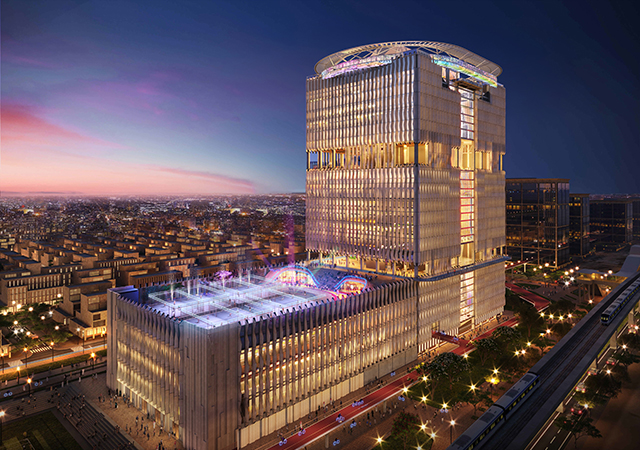
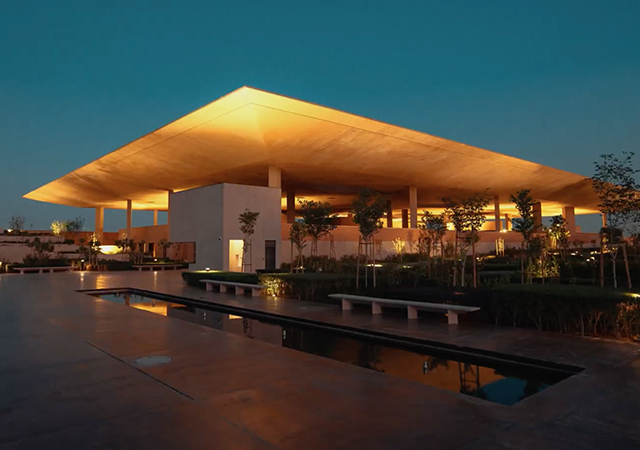
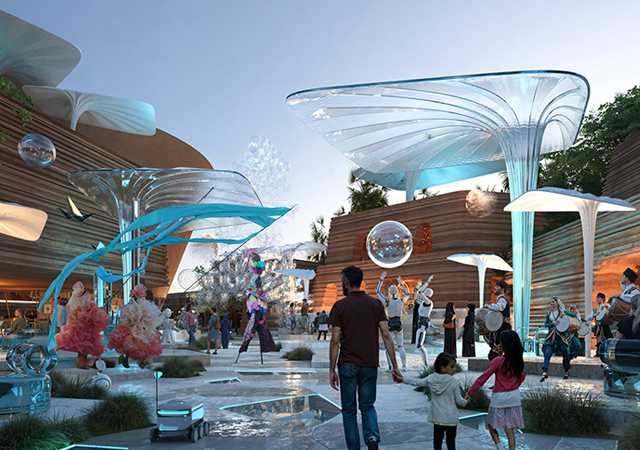

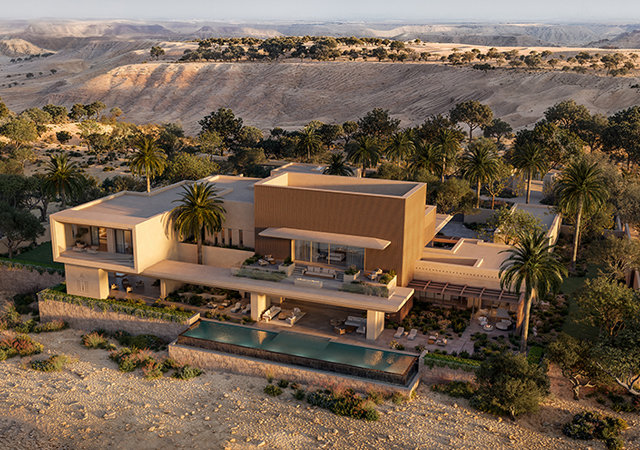
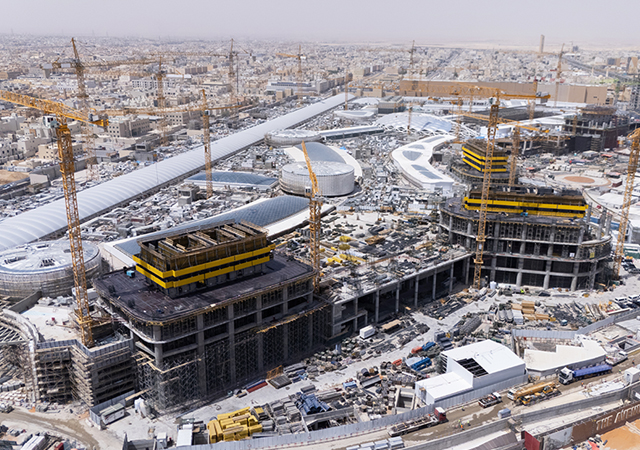
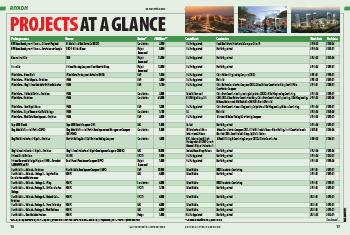
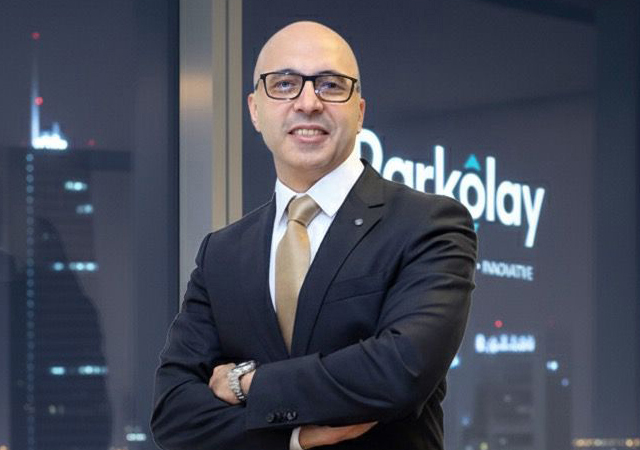
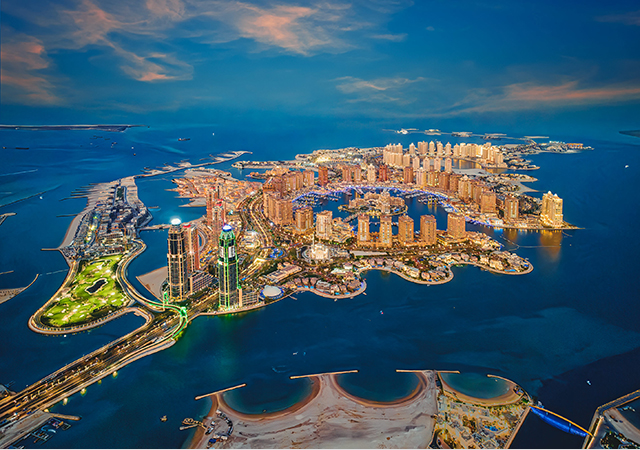
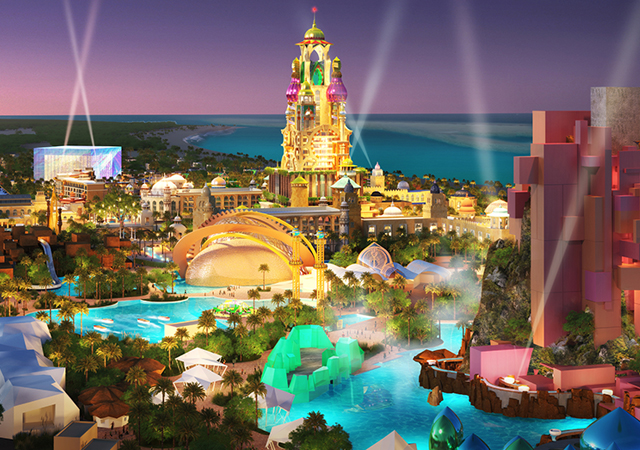
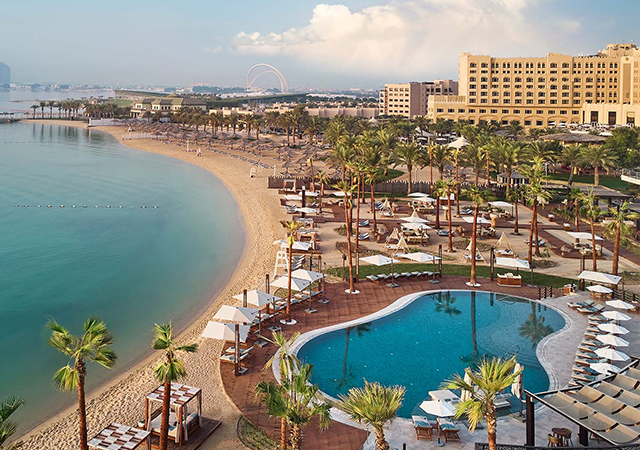

.jpg)
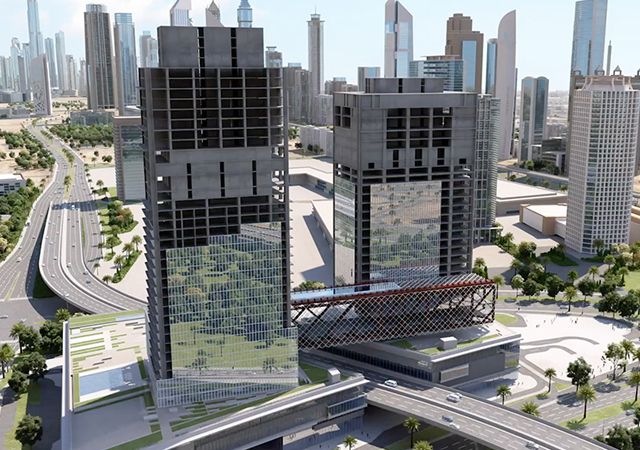

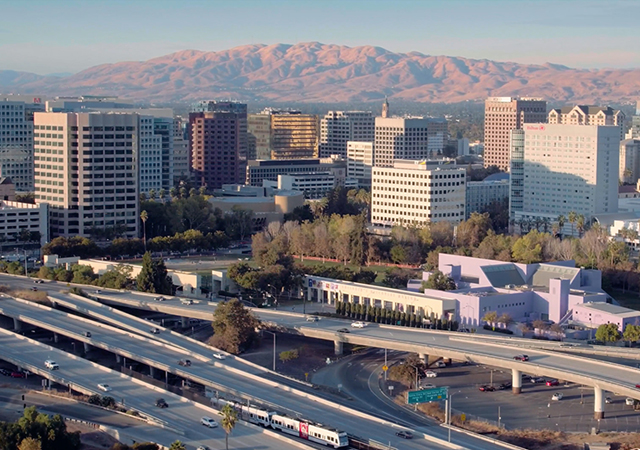
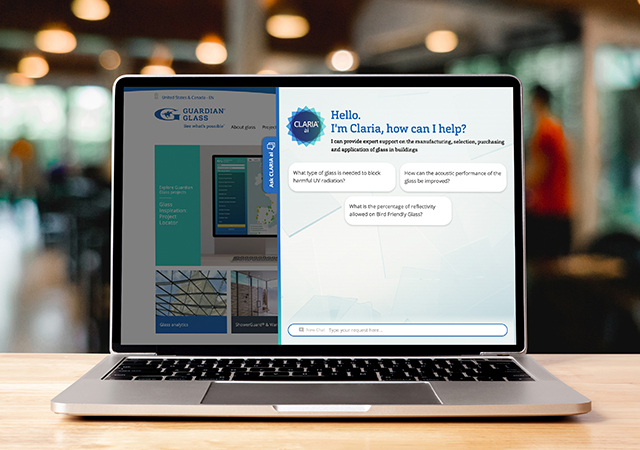


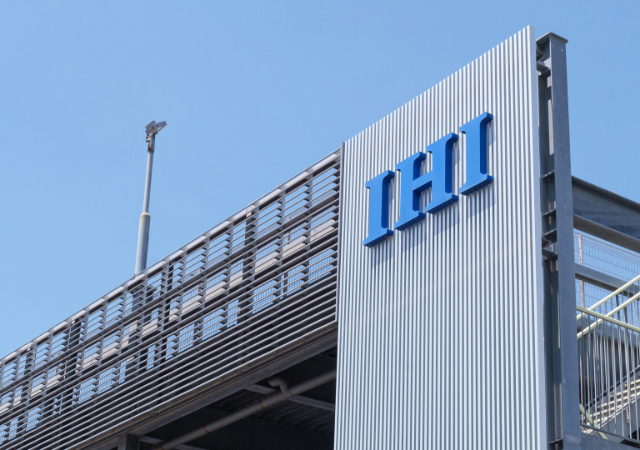

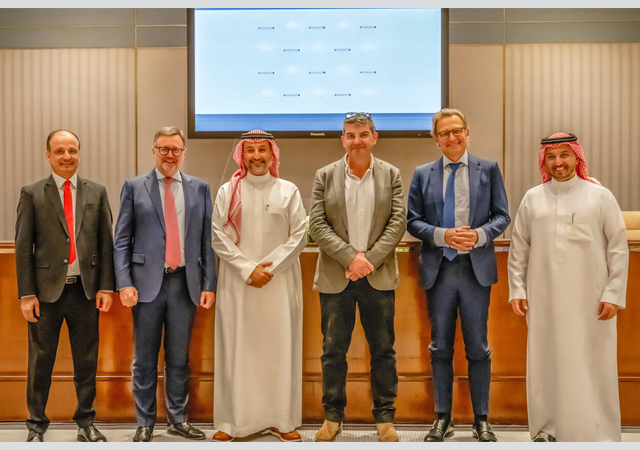
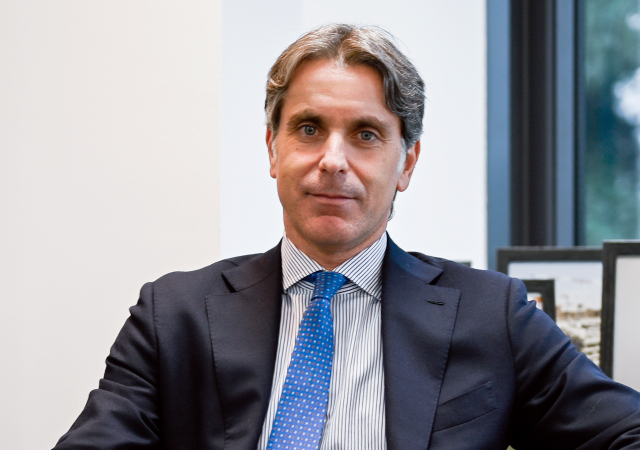
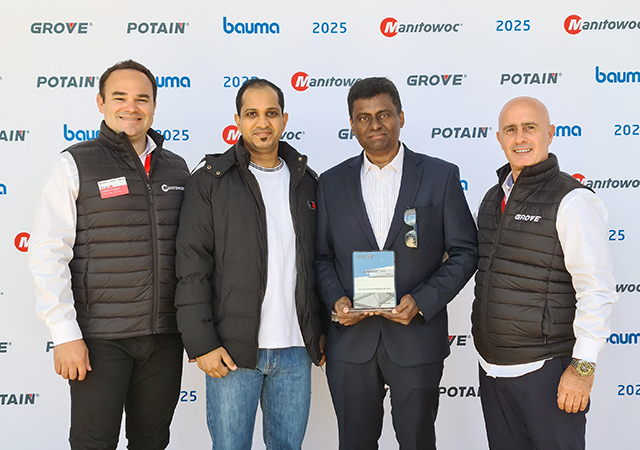

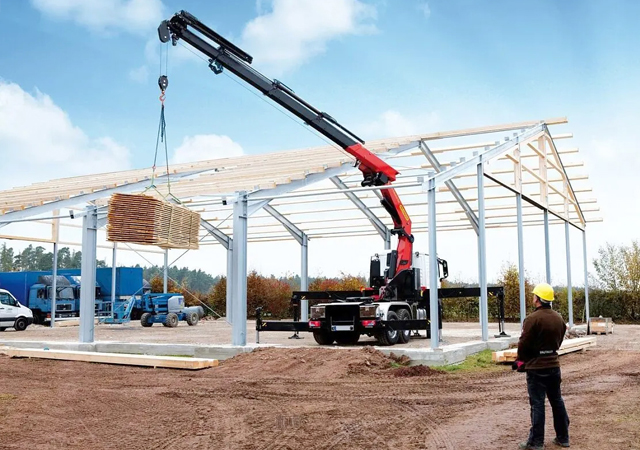
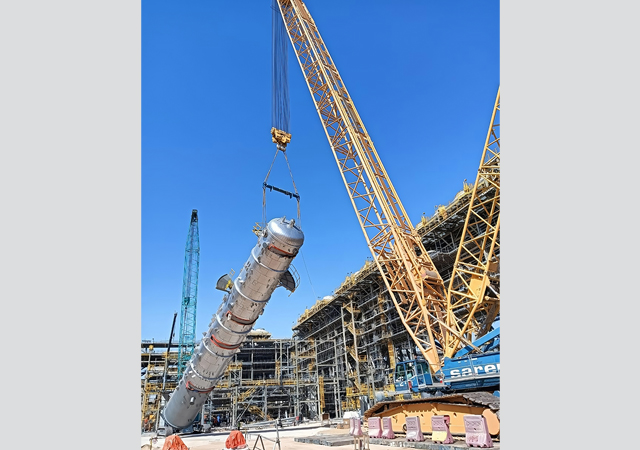
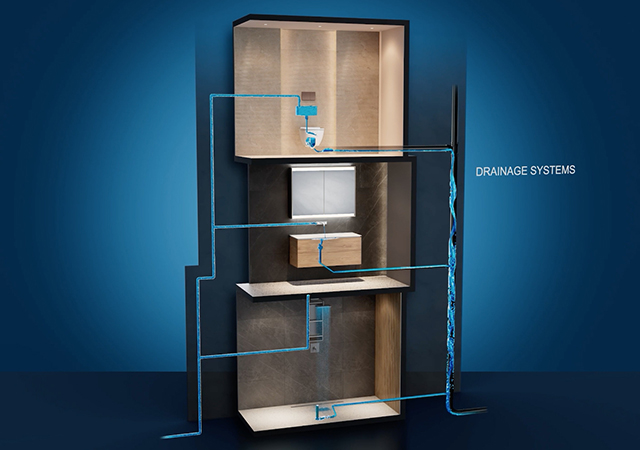
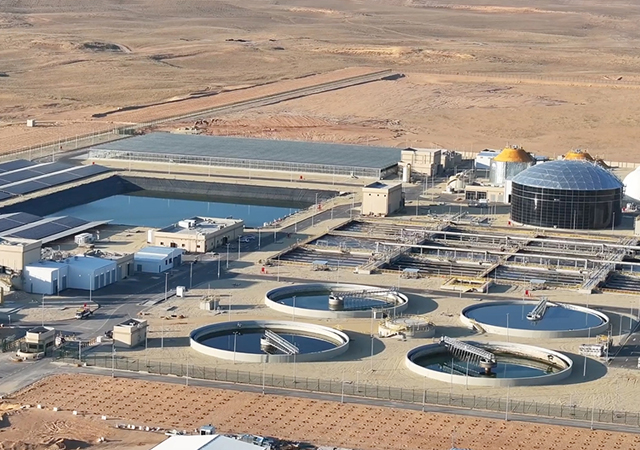

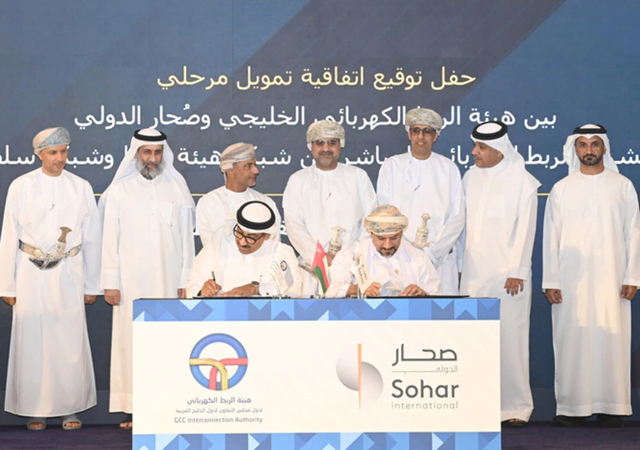
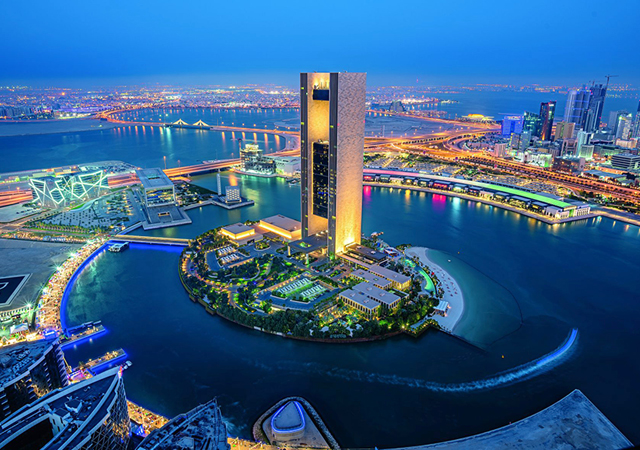

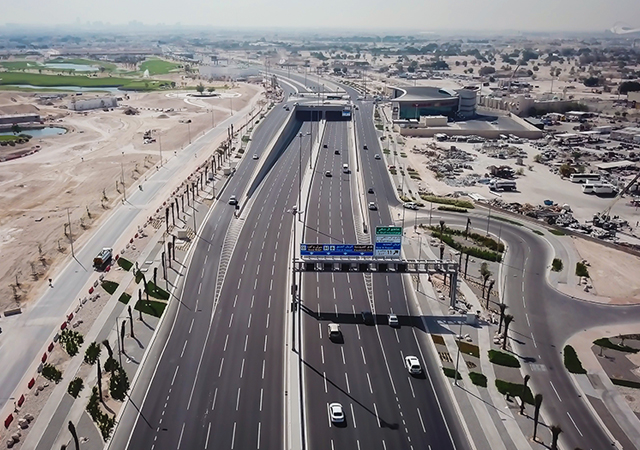
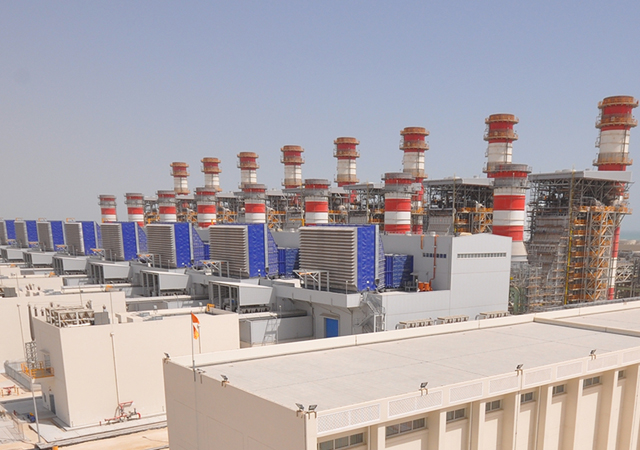
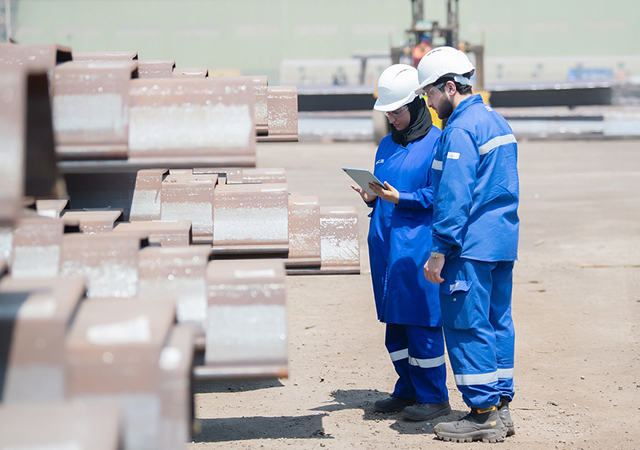


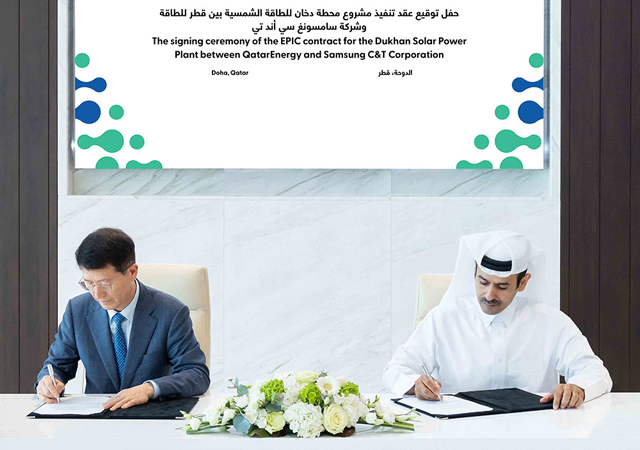
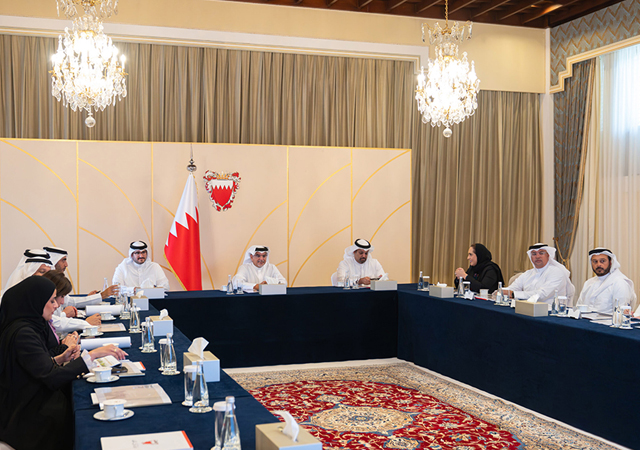


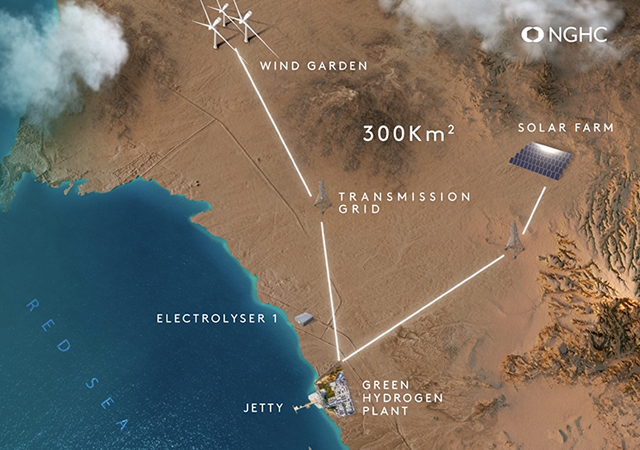
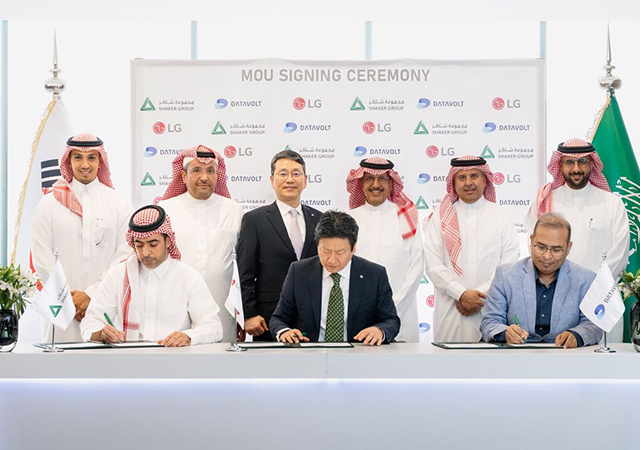
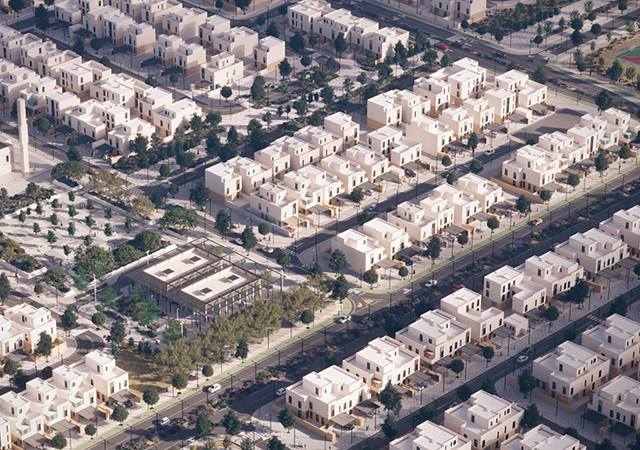
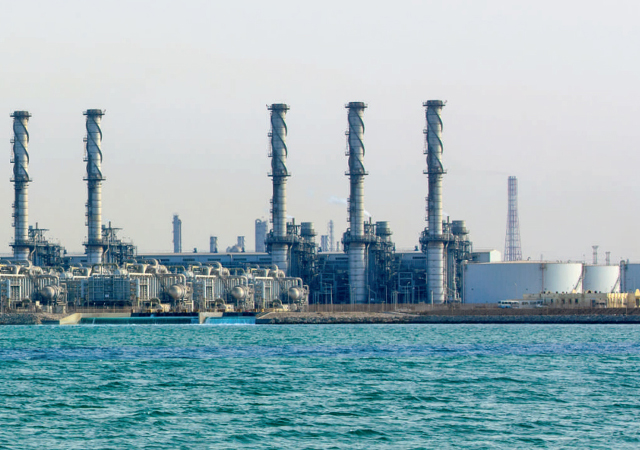
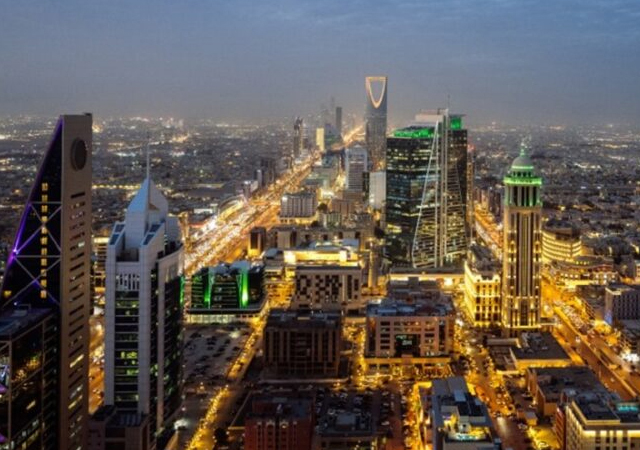
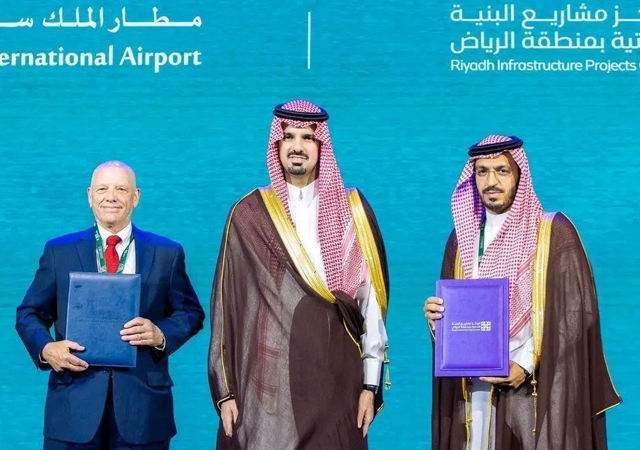

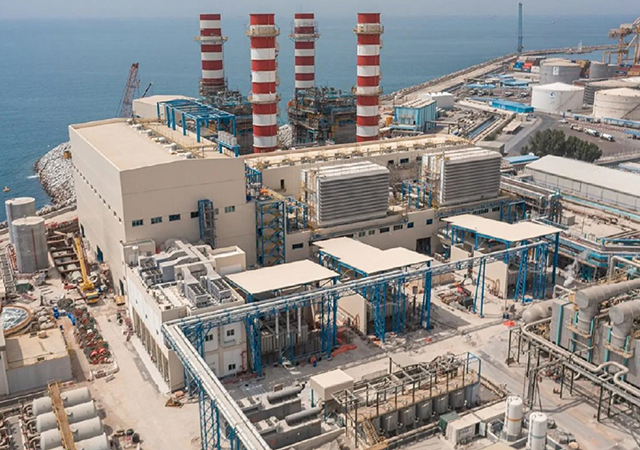
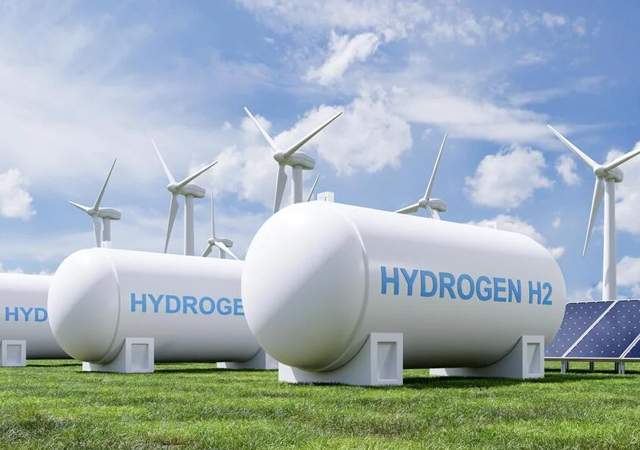
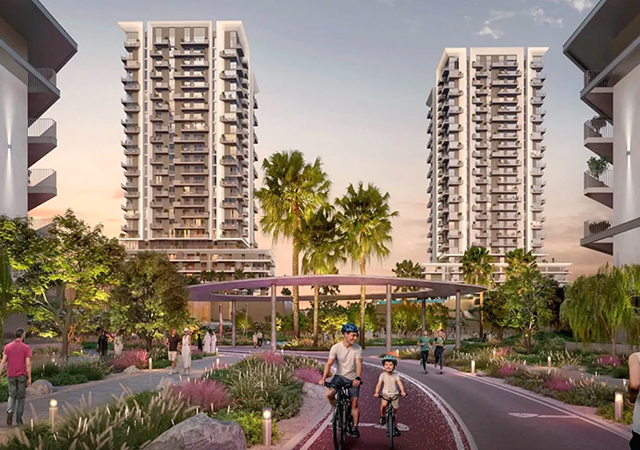
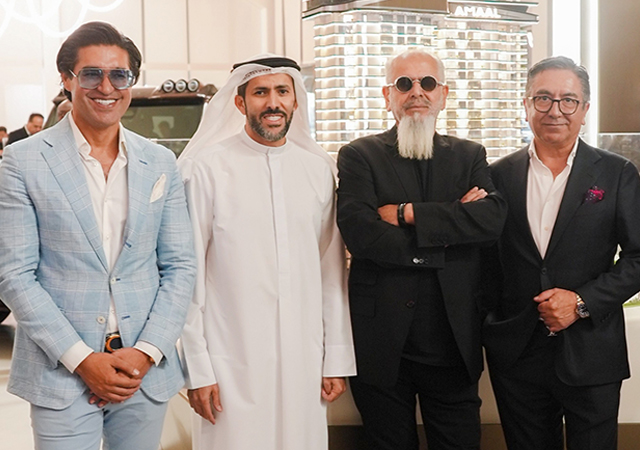
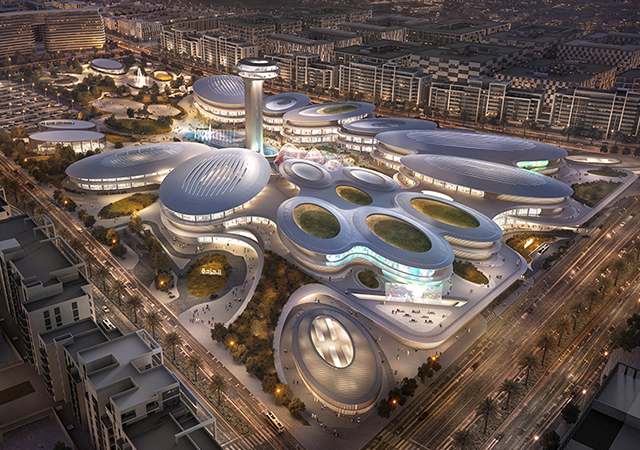
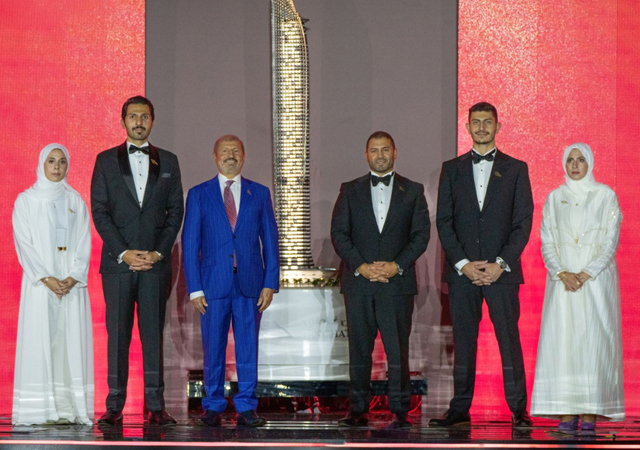
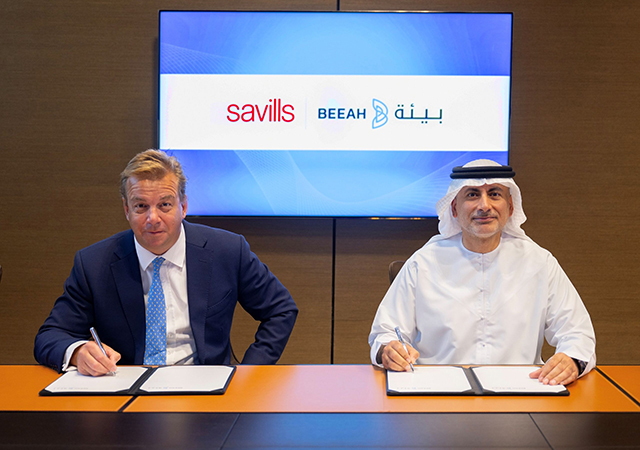
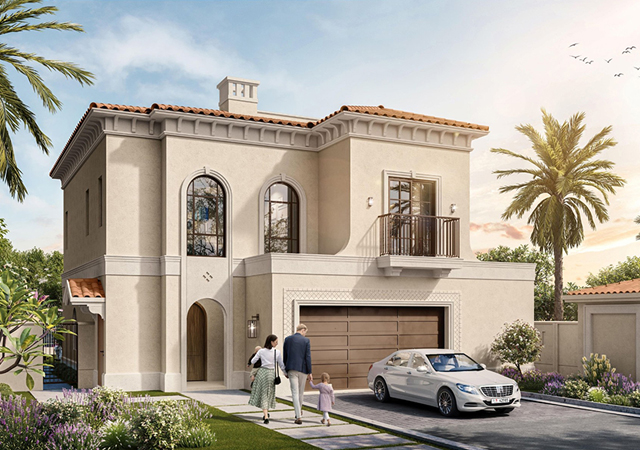
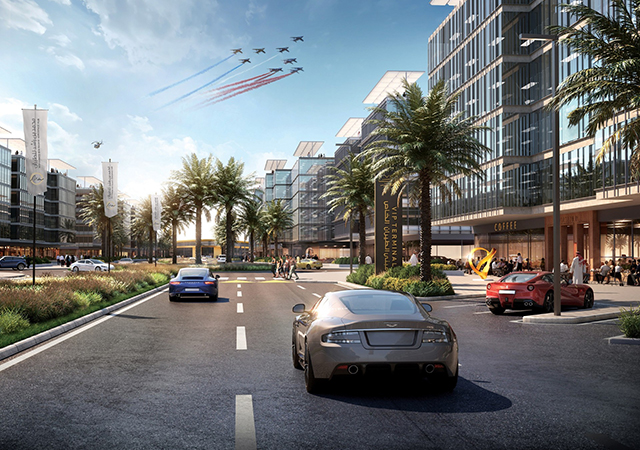
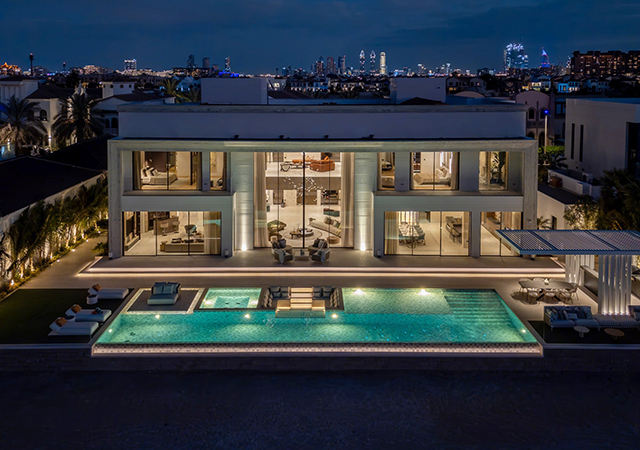
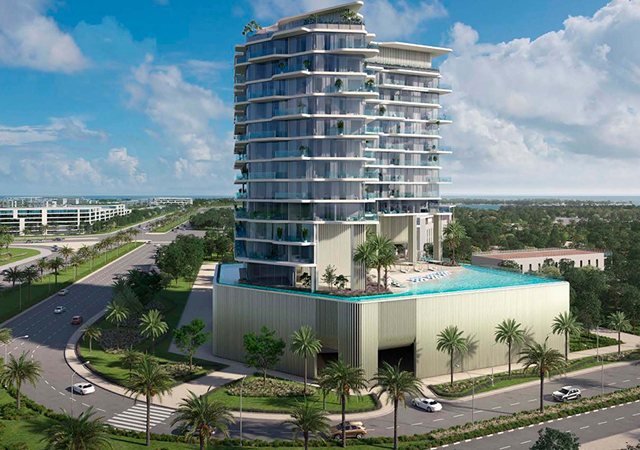
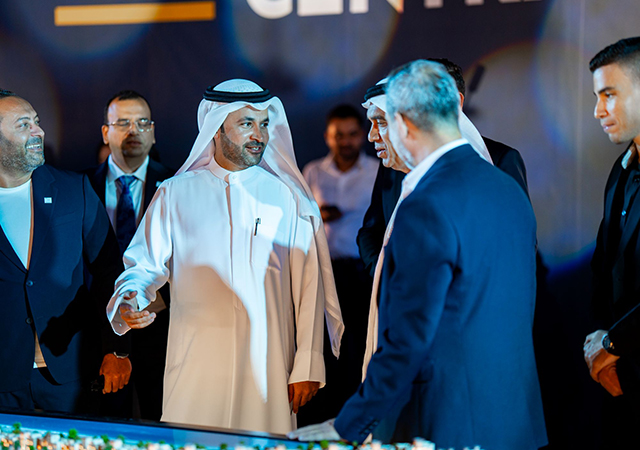
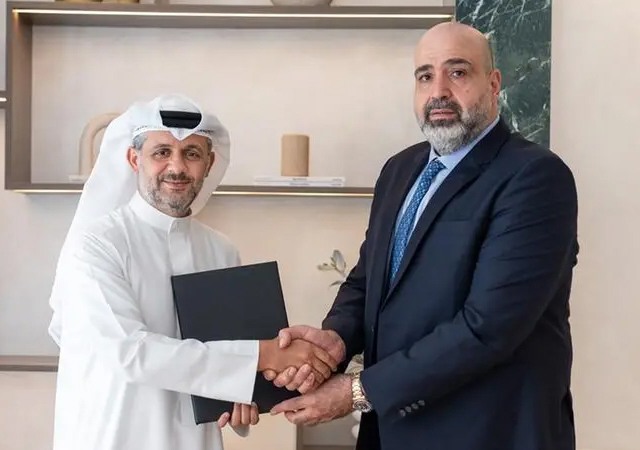
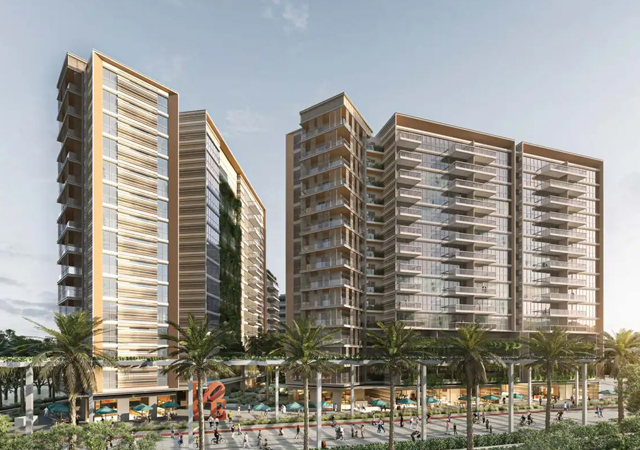

.jpg)

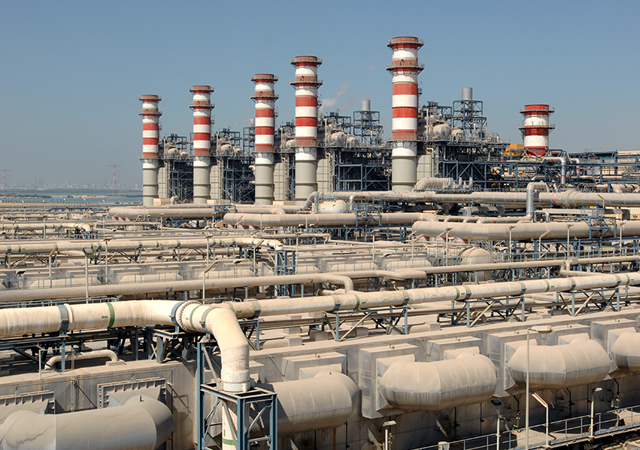
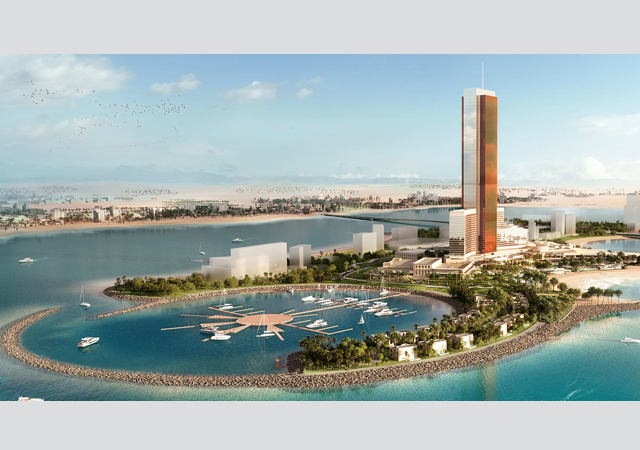
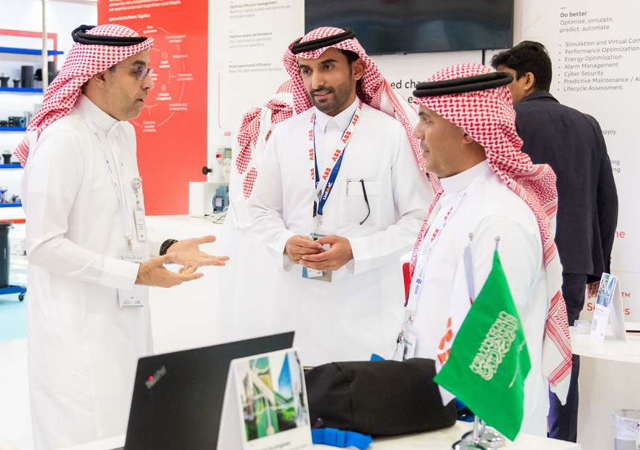
.jpg)

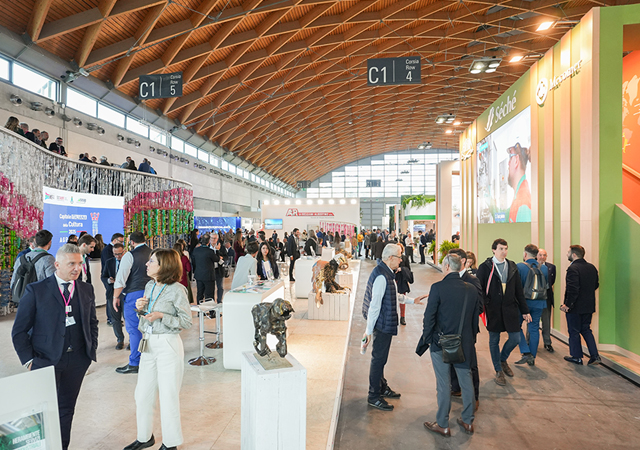
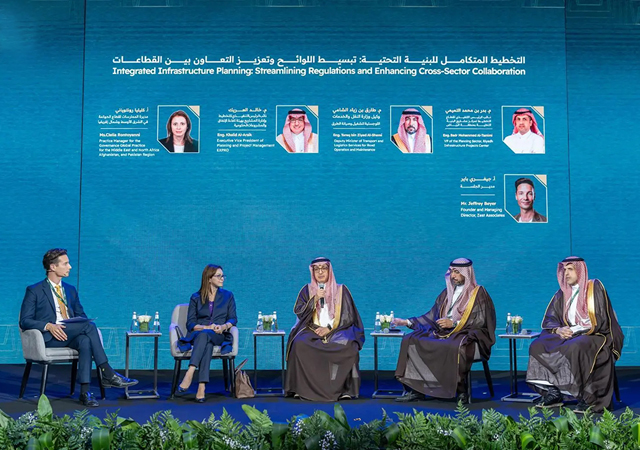
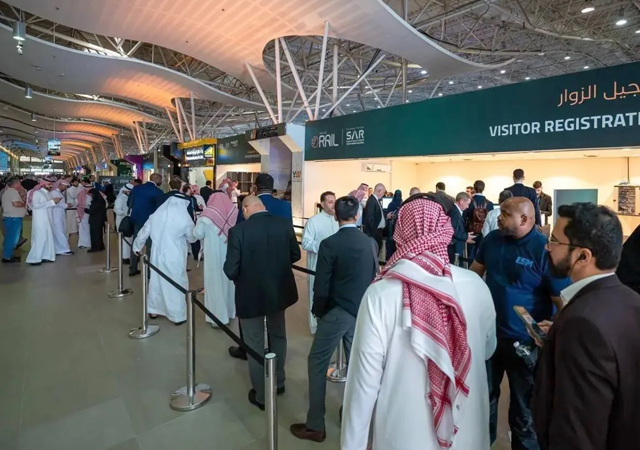










.jpg)














